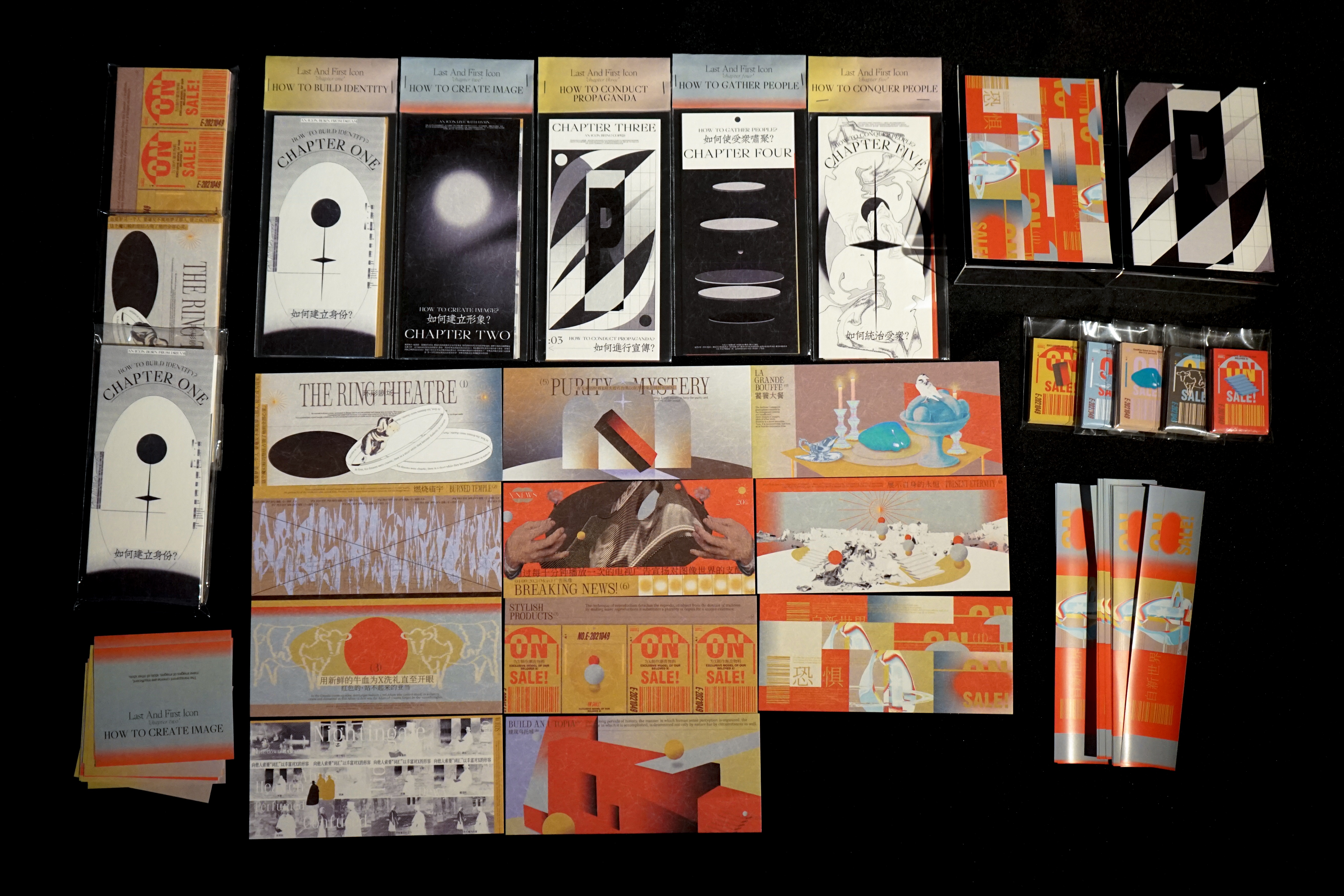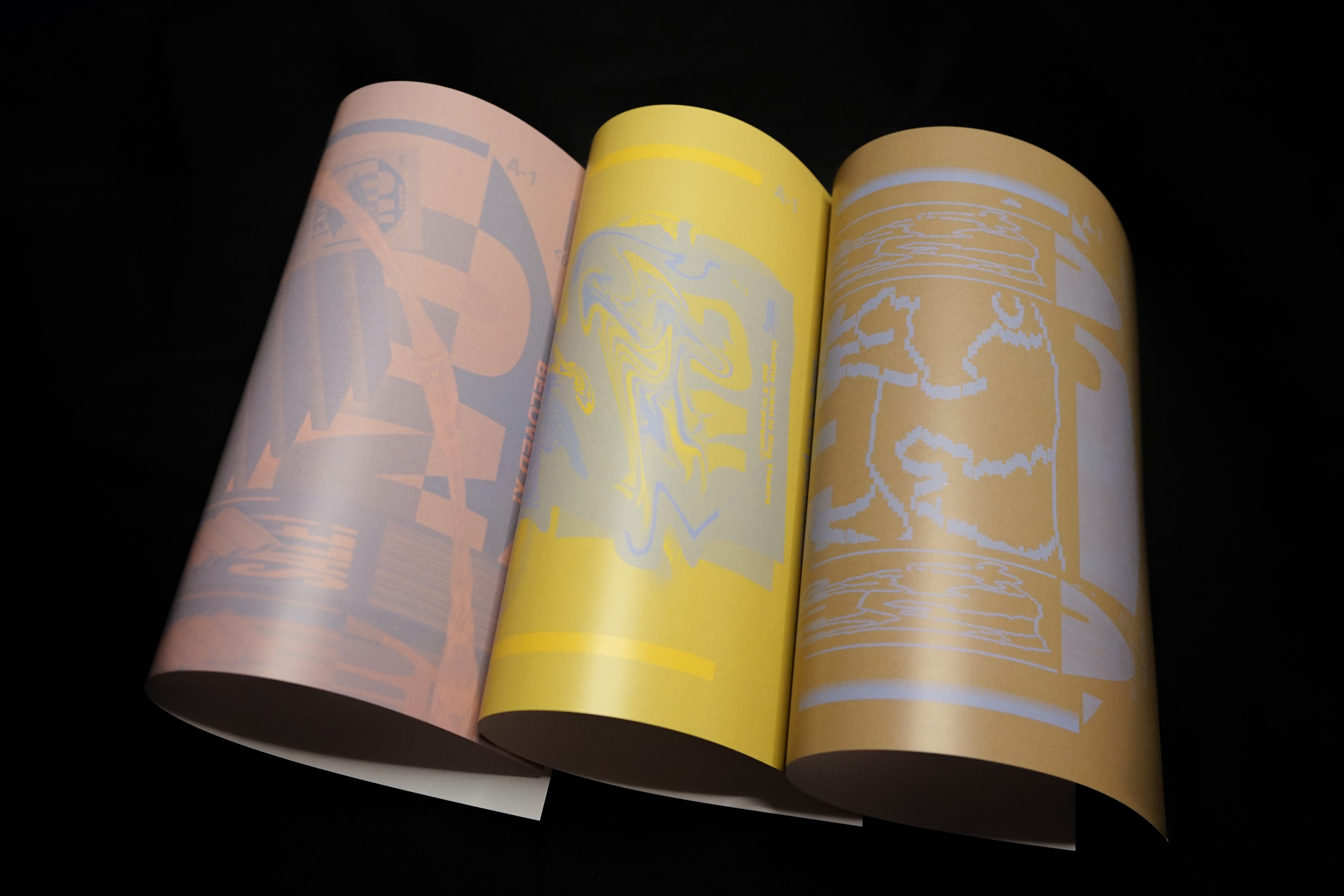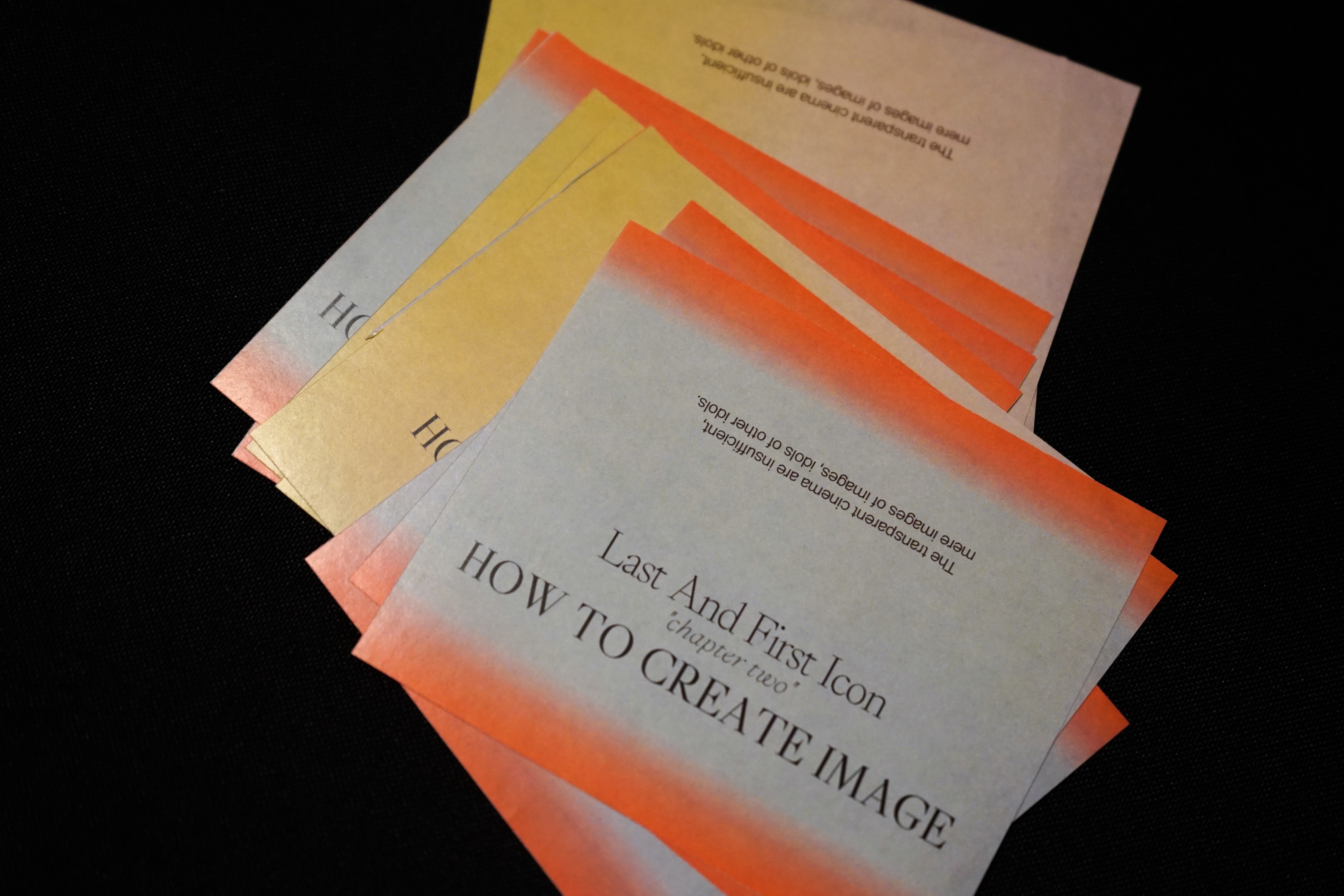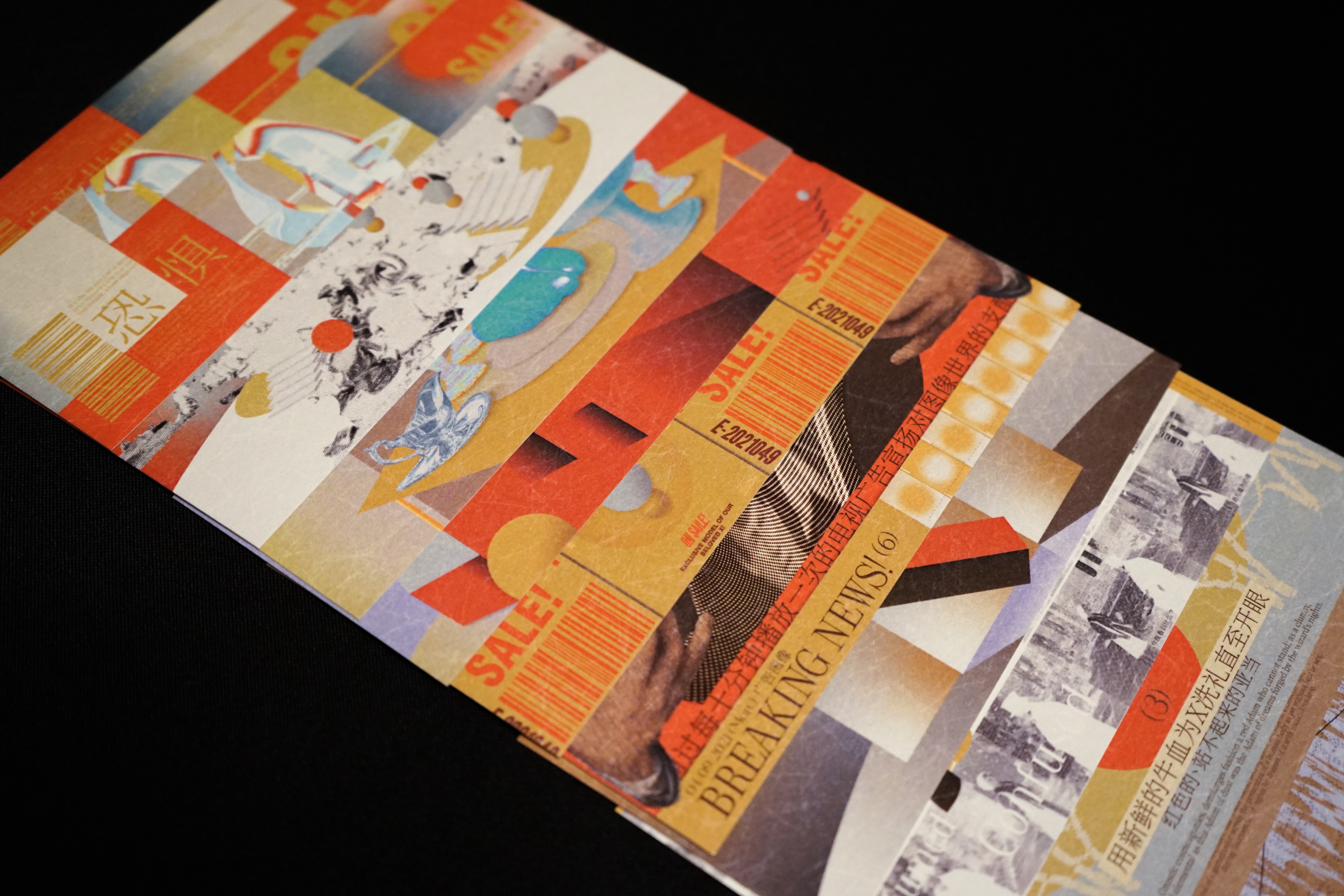Ultima X: Refrain
The word ‘ultima’ not only contains the meaning of ‘genesis’, but also means ‘the syllable at the end’; ‘refrain’ is used to express ‘chorus’ as well as ‘inhibition’. We can always find this kind of intertextual and contradictory binary opposition in the process of the establishment and annihilation of an idol, which corresponds to the fate of the fictional Idol ‘X’ in the work.




As the narrative content of iconic cult, image influences and changes the way people see and define icons. Image design, on this basis, emphasizes the design intention of the image creator, which provides an active attribute for participating in narrative and behavioral development of iconic cult. It shows that the images discussed in this paper are not naturally generated but are intentionally created by human beings in different cases. Through the classification and identification of the narrative content (image), we can summarize it into two attributes of narrative according to the form of its existence, namely, physic and fiction. The distinction between the two may clarify the function and narrative means of image design under different attributes, enable the viewer to use the design purpose shown in the image to explore, discover and analyze the potential of unexamined narrative of iconic cult in our daily life.
At present, the research on iconology, design and iconic cult are still relatively isolated due to the different disciplines they belong to. Although there are a certain number of intersections in the works of art history, there is a lack of systematic investigation that cover the relationship between the two attributes and that of the context of the post-information era. Based on the image design cases in different narrative attributes and the existing art research results, combined with the analysis of iconic cult relying on sociology and social psychology, this paper attempts to summarize the representative ways of image design participating in iconic cult, unlock and analyze the idolatry information implied in image design, so as to help people screen and judge this kind of information in a more accurate way, then reflect on their behavior to avoid falling into the ‘iconic’ trap made by image.
Through the comparative analysis method, this project horizontally explores the way of image design in the same attribute to form the narrative whole and influence the worship behavior, supplemented with the interview content in individual image design cases. With the research results as main section, we are unconsciously included in the iconic cult designated by image. This process makes the visual design shell type rooted in our viewing system and social culture, leads us to ceaselessly repeated that kind of shell type production. Aiming at this situation, this project attempts to put forward the binary opposition of iconic cult and iconic destruction, stimulate the possibility of ‘no icon’ in the design market, and provide new ideas for creating independent image design in the future.
